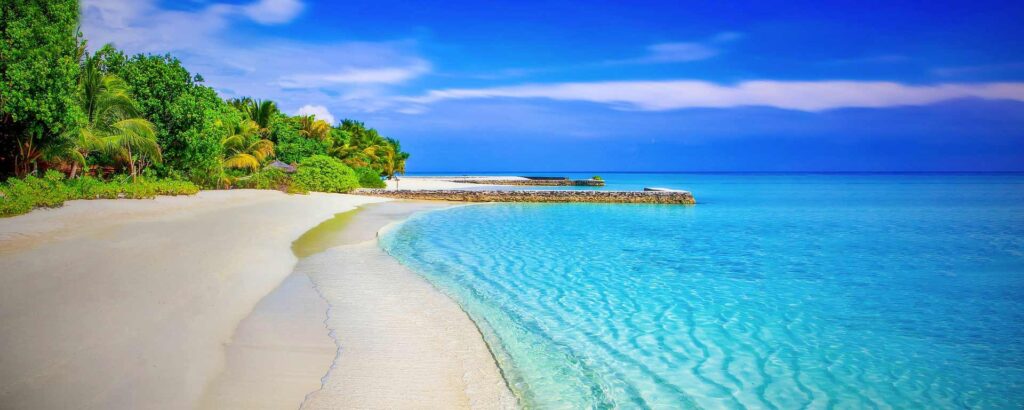This article discusses the cultural heritage of Comoros which includes their religion, language, fashion food, music and arts.
Comoros has diverse culture from its religion, food, fashion, music and even architecture. All these aspects of culture portray a mixture of diverse cultures that were brought into the country by French, Portuguese, and Arab traders. Some of these aspects will be discussed in brief below.
Religion in Comoros
The dominant religion in the country is Islam, especially Sunni Islam of the Chafeite rite. Most of the locals have faith in the power of the djinn and other earthly spirits. Such beliefs have been derived from Madagascan, African, and Arabic traditions. The locals also have faith in the notion of cosmic balance that developed from the Arab astrology.
Read: POLITICAL HISTORY OF COMOROS
Islam is practiced in several ways in the country and the religious responsibilities can at times overlap. Some practices and roles are institutionalized and defined clearly, for instance, muezzin and preachers who carry out community prayers at the mosque, conducting holy prayers on Fridays and so on. Walimu masters, who are quite many in the countryside can be healers, Koranic instructors, masters of the Muslim djinn, and astrologists. It is also a common experience for the locals to communicate with the unseen.
Comorians celebrate all Sunni Islam’s religious holidays. They also celebrate the birth of the Prophet and those of the local saints.
Language in Comoros
The dominant language in the country is Comorian. This is a Bantu language that is similar but not related to Swahili, and every island has its own style of speaking it. Comorian is made up of many words of French and Arabic origin. All locals go through a Koranic education where they learn how to write the language in the Arabic language. French is the language for instruction when it comes to formal education.
Fashion in Comoros
French has had a lot of influence on Comoros, but this has not influenced how the local’s dress. This is because they still dress in their traditional clothes. Women clothes are made up of Shiromeni; these are lively colored long skirts and dresses. Comorian women also use coral and sandalwood paste as a beauty mask on their faces. For the men, their traditional clothes are made up of a long white shirt, a colorful long skirt, and a Koffia, which is an expensive skull cap that is of high value to the locals.
Food in Comoros
Rice is the staple food for Comorians day-to-day diet. This is usually accompanied by dried and fresh fish, plantains, manioc and other root vegetables, and milk from grated coconut.
Music and the Arts in Comoros
Comoros is historically connected to France and East Africa, and it presently has a h2 Malagasy influence. This has, therefore, influenced the kind of music Comorians listen to. As of now Zanzibar’s taarab music is the most listened to genre in the country, and twarab, a Comorian version is also popular. Some of the local musical instruments are the violin and ud, mostly used as accompaniment for twarab, the ndzendze; this is a box zither, and a gabusi (a form of lute) among other instruments. Sega music from Réunion and Mauritius is also popular.
The locals have customary celebrations referred to as ada. These are occasions for both male and female dancing, recitation of significant texts, and violin concerts.
Some of the locals also engage in graphics art where they get to make day-to-day objects such as jewelry, embroidery (openwork curtains, Islamic bonnets, ceremonial coats, etc), pottery, basketry, makeup tables in carved coral, abacus-style number games, and sculpted wood coconut graters.

